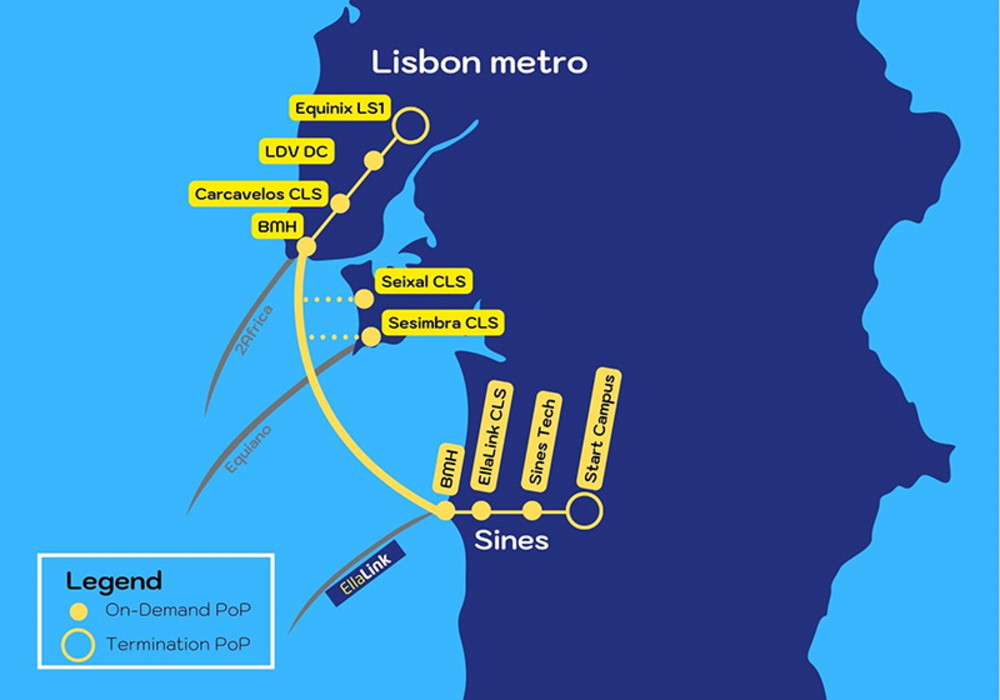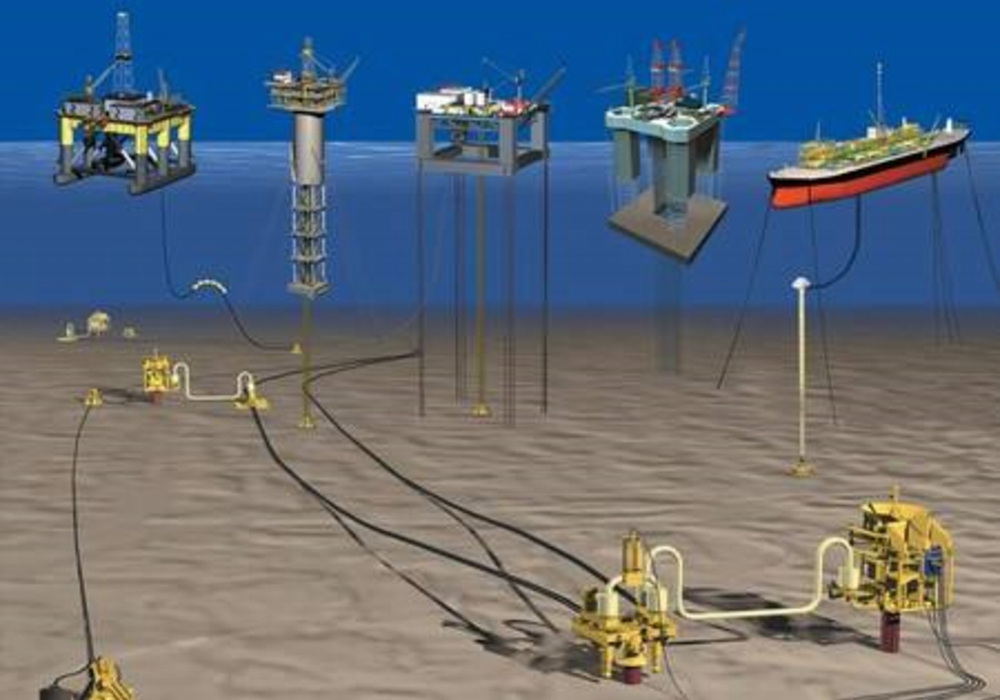Olisipo Submarine Cable System Ready For Construction
EllaLink, a high capacity and low latency fiber optic submarine cable directly connecting Europe and Latin America, will create a direct connection between Sines and the Lisbon metropolitan area, known as the Olisipo system.
The Olisipo system is designed to connect all international submarine cable landings in Portugal to the main data centers in the region, using a secure and risk-proof infrastructure.
This new fiber optic submarine cable will land at Carcavelos and Sines, with branch paths built to connect Seixal and Sesimbra cable landings to the Setubal region.

According to the plan, the system will contain 288 fibers and the total design capacity of this 110 km long fully buried cable will be 4.3 Tbps.
In addition, the robustness of the cable will be enhanced by line engineering, with special attention to cable crossings, full subsea and surface burial strategies, full cable armoring, and additional shore-end protection using inner diameter tubes at Sines.
The Olisipo system will provide a direct POP-to-POP connection between the main data centers located in Sines and the Lisbon metropolitan area.
The Olisipo submarine cable route has attracted the attention of major market players.
EllaLink emphasizes that this new cable development will integrate more customers to collaborate to expand and build a very important connection.
Olisipo is expected to be operational in 2024.

Why do 90% of The World’s Data, Rely on Submarine Fiber Optic Cables for Transmission?
Fiber optic cable is so heavily used around the world, plus the subsea is much safer for land and is much easier to install than underground.
Because the subsea is much safer compared to the land. In the world, almost all communications between countries rely on submarines. Fiber optic cable submarine cable is also known as submarine communication cable, submarine fiber optic cable is like a dense distribution of blood vessels on the earth, known as the blood vessels of the Internet. Submarine fiber optic cable is a cable wrapped with insulating material, mainly laid on the seabed, and used for telecommunications and network transmission between countries. It is a wire wrapped with insulating material and laid on the seabed.
Because the usage of submarine fiber optic cable is so high. The total length of submarine fiber optic cables can add up to 22 times around the earth, and 99% of international data is transmitted by them. You can think of fiber optic cables as the human nerve and root servers as the human brain, and it’s divided into two major parts: onshore and underwater equipment. This process will find the root server through the submarine fiber optic cable, which is the most important and vulnerable part of the underwater equipment.
In terms of transmitting data, only fiber optic cables can meet the requirements. According to the chart or plan developed by cable operators, there are more than 400 submarine fiber optic cables around the world, many of which are very old. With the current rapid development of cloud computing, the Internet of Things, big data, mobile connectivity, and other ICT industries, there are more than 1,000 satellites in orbit around the Earth. On the surface, there is a rising demand for connectivity from all parties around the world. It gets the attention of governments as well as investors.
Submarine fiber optic cable is so important that it must be installed in a safe place, and a submarine is much safer than on land.

Why Place The Cable In The Deep Sea? Is It Bad On Land?
There is indeed footage capturing sharks chewing up submarine cables. But since 2006, the probability of damage to cables by undersea fish animals and sharks has been less than 1%, which is related to the complex basic structure of submarine fiber optic cables.
In addition to the innermost fiber bundle, there is at least an alkane layer, polyethylene layer, steel strand layer, polyester tree ester or asphalt layer, polycarbonate layer, aluminum waterproof layer, copper or aluminum tube, and paraffin wax outside these components.
Submarine fiber optic cables are not only structurally strong and lighter, but they also have advantages that terrestrial cables cannot have. For example, the topography of the sea floor is much less undulating than the span of land, so there is no need to dig deep trenches or build supports to support the cables when they are laid.
Second, buried in the submarine cable is not easily disturbed by human production activities, if there is no large sea quake, ordinary wind and waves are not enough to produce a significant impact on it.
In short, submarine fiber optic cable is just easier to implement than land fiber optic cable, not only the investment is relatively better, but also the construction speed will be faster. At the same time, the safety and stability of the submarine cable are also relatively higher, not only has good confidentiality but also has a strong anti-interference ability, in the absence of sudden accidents, the service life of submarine fiber optic cable can usually reach about 25 years.
The transnational information transmission between countries and countries, the vast majority of the time is achieved through submarine fiber optic cable, transoceanic Internet data transmission is up to 99% of the proportion.
Having said that, some people may think about how I mix cable and fiber optic cable. The traditional submarine cable is like the big brother of submarine fiber optic cable, submarine fiber optic cable name is also called submarine communication cable, only with fiber optic technology added.
As early as 1850, the world’s first submarine cable connected Calais, France, and Dover, England, for information exchange. And the first intercontinental submarine communication cable linking Newfoundland and Ireland was completed in 1858.
